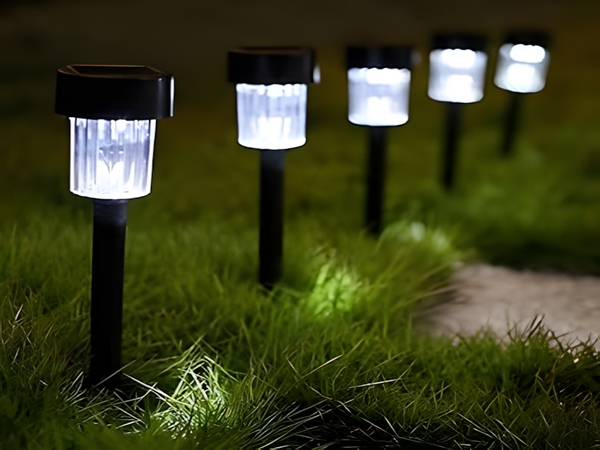
Solar street lights generate electricity through solar energy, eliminating the need for cables, which prevents electrical leakage and other accidents. The DC controller ensures that the battery pack is not damaged by overcharging or deep discharging, and features functions such as light control, time control, temperature compensation, lightning protection, and reverse polarity protection. There is no need for cable laying, no reliance on AC power supply, and no electricity costs. So, how effective is the wind resistance of solar street lights? Below is an introduction by the Century Sunshine Lighting editor.

1. Solid Foundation
First, when choosing C20 concrete for pouring, the selection of anchor bolts depends on the height of the light pole. For a 6-meter pole, bolts with a diameter greater than 20mm are required, with a length exceeding 1100mm and a foundation depth of more than 1200mm. For a 10-meter pole, bolts should be greater than 22mm in diameter, with a length greater than 1200mm and a foundation depth greater than 1300mm. A 12-meter pole should use bolts greater than 22mm in diameter, with a length exceeding 1300mm and a foundation depth greater than 1400mm. The base should be wider at the bottom than at the top, which benefits the stability of the foundation and enhances wind resistance.
2. Preferred LED Lights
As the main component of solar street lights, LED lights must be prioritized. The material must be aluminum alloy, and thickness is required. The lamp body should not have cracks or holes. All component joints must have good contact points, and careful observation of the locking ring is necessary. Due to poor design of many lamps, significant damage can occur after strong winds. It is recommended to use spring-type buckles for LED fixtures, preferably installing two of them. Open the fixture from the top, and ensure that important components like the ballast are securely fixed to the lamp body to prevent them from falling off and causing accidents.
3. Thickened Galvanized Light Poles
The height of the light pole for solar lights should be selected based on the width and use of the road. The wall thickness should be 2.75mm or greater. Both the inner and outer surfaces should be hot-dip galvanized, with a galvanization thickness of more than 35μm, and the flange thickness should be 18mm. The flange and pole should be welded to the rib at the top to ensure the strength of the pole base. It typically lights up at night or in darkness and turns off at dawn. The primary function of solar street lights is illumination. Additional features can include artworks, landmarks, road signs, phone booths, message boards, mailboxes, collection points, advertising light boxes, etc.
The working principle of solar street lights is as follows: during the day, under the control of the intelligent controller, the solar panels absorb sunlight and convert it into electricity, charging the battery pack. At night, the battery pack supplies power to the LED light source for illumination. The DC controller ensures that the battery pack is not damaged due to overcharging or deep discharging, and has functions like light control, time control, temperature compensation, lightning protection, and reverse polarity protection. Do not overlook the light pole, as inadequate galvanization can lead to severe corrosion at the base, sometimes causing the pole to be blown over by the wind.

This concludes our discussion on the wind resistance of solar street lights. We hope this article is helpful to you. If you have any questions, please leave a message for the editor, and we will respond as soon as possible.



